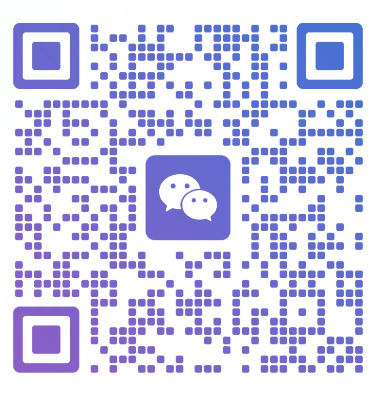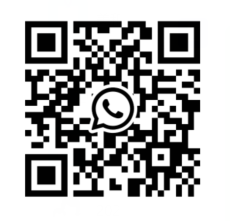McLaughlin said the QR code payment solution is primarily for restaurant customers. While QR codes allow for contactless ordering and payment, RFID allows the process to be as simple as clicking a reader.
How the system works
The system learns the identity of the user based on their account information, and what businesses they interact with and what they order. Prior to the event or upon entering the location, guests receive a branded card or wristband unique to each individual to which they can allocate funds via credit or debit card. The solution can provide tabs for individual users with a single account or for families or groups sharing an account and assigning maximum balances to certain members, such as children.
For example, a family of four could purchase a tab with a $20 limit for each tab for both children's activities. Everyone will receive a wristband with a built-in 13.56 MHz NXP Semiconductors Mifare RFID tag that complies with the ISO 15693 standard. A unique ID number encoded on each wristband will be associated with that individual account. Wristbands worn by two children can also be associated with a $20 balance, while a parent's wristband can be used for unlimited payments.
Users can view their balance by clicking on the payment terminal, and the system will also display the available tabs. This could include a 12-ounce beer purchased at one location and a slice of pizza at another. Payments are made with pre-allocated funds or can be made at the end of use of the RFID wristband depending on usage. If prepayment has been made to the account, the technology can automatically refund the guest if they have spent less than the amount on their card or band.
Consolidate merchant payments on a single tab
"Even though they are all separate businesses, consumers don't have to worry about this in terms of payment - the pizza vendor is separate from the beer vendor, and the beer vendor is separate from the cake or pie vendor.
Some GoTab scenarios that can be created using RFID capabilities include company parties, where companies can provide wristbands to employees, each with a prepaid balance of, say, $50. Or, the company could have a separate tag that would have open access to all employees so that individual payments could be deducted from the company account. The system could also accommodate purchase restrictions based on an individual's age.
For example, if a teenager tries to purchase an alcoholic beverage, they will be identified at the point of sale. In addition, the system can notify individuals when an order is ready to be placed. When customers first use the GoTab system, they can provide their phone number to receive notifications. Then, if they order food, they will automatically receive a text message once their food is ready to be picked up.
Chat NOW
Scan to wechat :

Scan to Whatsapp :
